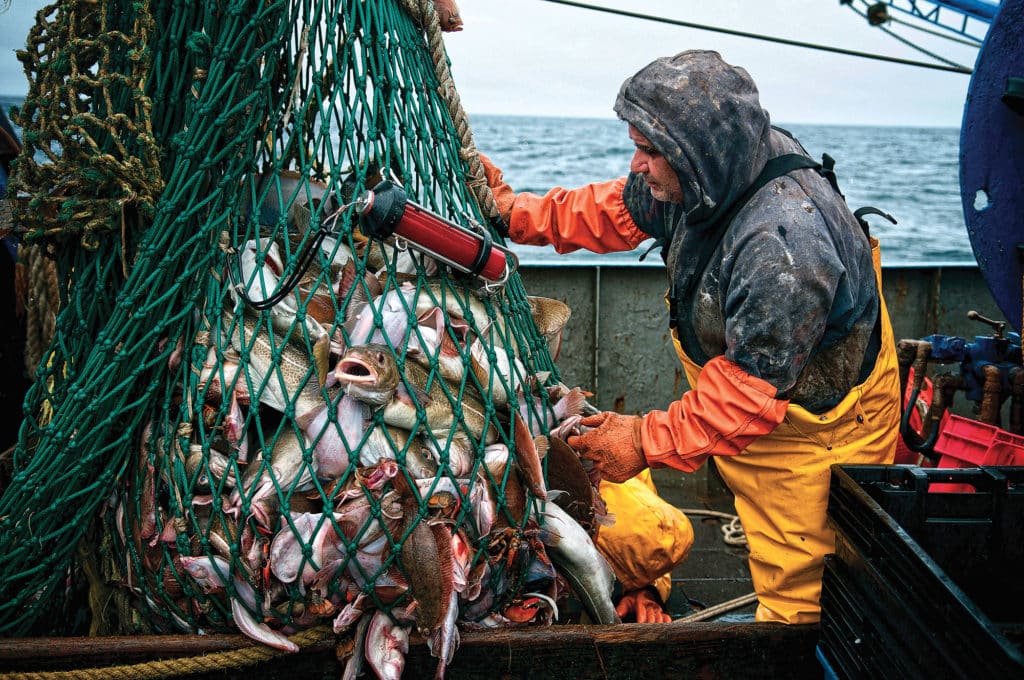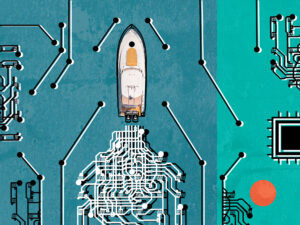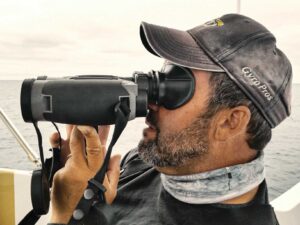
It is a number that I find staggering and hard to understand. In the United States, food waste is estimated at between 30 and 40 percent of the food supply.
This estimate is based on analysis from the USDA’s Economic Research Service of 31 percent food loss at the retail and consumer levels, which corresponds to approximately 133 billion pounds or $161 billion worth of food in 2010 dollars. This amount of waste has far-reaching impacts on food security, resource conservation and, ultimately, climate change. As a follow-up to that, approximately one person in six in the United States experiences some level of food shortage. At least from a mathematical standpoint, that would seem to be a situation solvable with an easy resolution.
What that has to do with fishing is likely the next question. This was all brought to mind after reading an article about commercial fishing practices in the European Union. The implementation of new regulations began almost 18 months ago, but some major doubts continue to surround the practicality of the EU’s landing obligation, or “discard ban,” as it’s commonly known on the docks. As 2019 inches closer, all total allowable catch (TAC) species will be subject to the land-all rule, and the full impacts of the regulation will be felt. The land-all regulation was first introduced in January 2015 for EU commercial fishermen targeting pelagic species and then expanded to many demersal species in January of this year. The next phase of the rollout will include cod stocks, which include the rejuvenating North Sea cod, and this is the point when many who are against this regulation anticipate the dynamics of the discard ban will face its toughest challenge yet. Certain species with limited quotas will keep the overall catch of healthy species down.
OK, I get it, but in my opinion, there is only one way to accurately measure the impacts of multispecies mobile-gear fisheries. Count, and use, everything that is caught. Prior to the implementation of the discard ban, fishermen were discarding up to 2.1 million metric tons of North Sea cod per year, because they were required to do so by EU regulation. In U.S. fisheries, this is called regulatory discard. To give you an idea of just how much was being wasted, 2.1 million metric tons equals 4.6 billion pounds. In 2014, according to NOAA Fisheries, the entire commercial catch of finfish in the U.S. was 8.2 billion, 68 percent of which was landed in Alaska’s high-volume mobile-gear fisheries.
In the Northeast mobile-gear multispecies fishery, there is not a good understanding of what is actually being discarded.
In the Northeast mobile-gear multispecies fishery, at least, there is not a good understanding of what is actually being discarded. Yes, there are observers on some of the trips, but some is the important word. I believe there needs to be full accounting of what is being caught in the ocean, and until that level of knowledge is available to the scientists who have to estimate the size of the various fish stocks, we will continue to manage fisheries with one hand tied behind our collective backs. And yes, I understand all the problems that fishermen might face with a 100 percent retention regulation. But fishermen have an obligation to be responsible for what their nets catch. They put them over the side, and they need to be responsible for the impacts. That may mean, in some instances, they have to tow their nets back to the dock for unloading and weighing because they catch more than their vessels will hold. There will also be the problem of needing quotas to balance their books in some quota-managed fisheries. That will be a challenge. Perhaps a 100 percent landing requirement will make gear modification and beneficial changes a reality. I know that fishermen can be innovative when necessary.
I think recreational fisheries have made an effort to reduce their release mortality with gear modification and new release techniques. With the increase in popularity of some species and, thus, fishing effort in terms of trips, managing some recreational fisheries may still have to be done differently. This may be most necessary in those fisheries where releasing fish is problematic. This is true in fisheries where species are brought up from substantial depths. There has been a lot of work done on recompression techniques, but we still do not understand the long-term impacts to the fish.
We no longer have the luxury of wasting our resources. We have to manage all of them with an eye to the future. The commercial fishing industry has an obligation to make sure all of its catch is utilized and counted. For all of us in the recreational fishery, the same obligation applies. I think it is OK to use our resources, but we cannot intentionally waste them.









